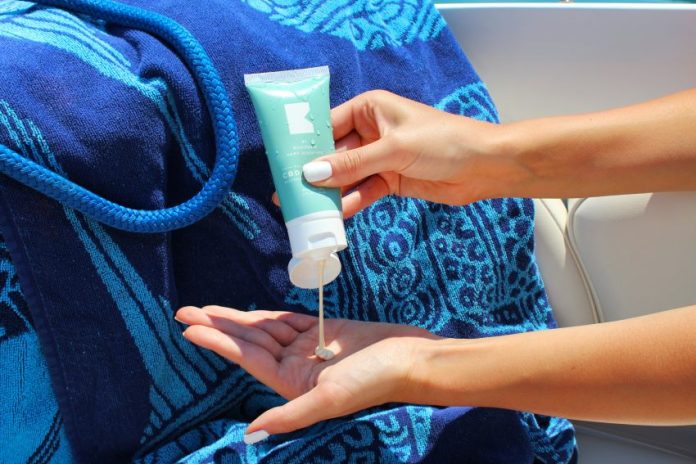In places like Mexico, where most of the country has year-round sun exposure, protecting your skin from ultraviolet (UV) rays is essential – especially if you have a fair complexion and are used to less sunny days.
Fair skin tones are more susceptible to sun damage and irritation and tend to be thinner and more reactive, resulting in easy burning and redness.
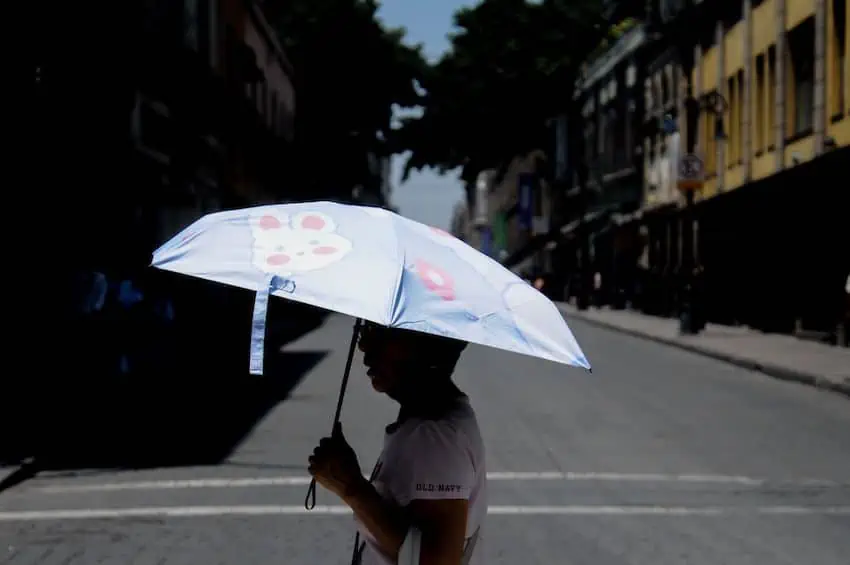
According to the Fitzpatrick scale (which measures the amount of melanin in the body and how different skin tones react to UV rays), pale skin is more likely to burn when it comes to sun exposure, while darker skin is less likely to burn and more likely to tan.
The Fitzpatrick scale also indicates that, even when anyone is at risk of skin cancer, people with fair skin tone – more prone to skin burns – may be at a higher risk.
“That’s why, as a Mexican dermatologist, I always recommend specific prevention measures for people with fair skin tone,” Dr. Daniela Lara Del Valle, founder and CEO of Clínica de la Piel Dermantra, San Miguel de Allende, told Mexico News Daily in an interview to discuss ways to prevent skin cancer.
So, whether you are a permanent resident in Mexico or a tourist enjoying the warm weather for just a few days, Dr. Lara will help you understand how much our skin is exposed to the sun in Mexico, the negative effects UV rays can have on our skin, and the prevention measures you can take to avoid skin cancer.
How much sun does Mexico get a year?
Mexico gets a significant amount of sunlight throughout the year, even in places that experience rainfall often. For instance, Mexico City, where it rains frequently, receives 2,551 hours of sunlight every year, with March being the sunniest month (264 hours of sunshine) and September being the least sunny (150 hours).
Meanwhile, Playa del Carmen in the Yucatan Peninsula receives over 2,700 hours of sunshine annually, with more than 200 hours of sunlight each month.
In contrast, Seattle in the U.S. receives 2,180 hours of sunshine annually, with December getting only 54 hours (no wonder many residents from up north spend the grim winter months in Mexico!)
What causes skin cancer?
Exposure to excessive UV radiation either from the sun or sunbeds, can damage the DNA in our skin cells, eventually leading to skin cancer.
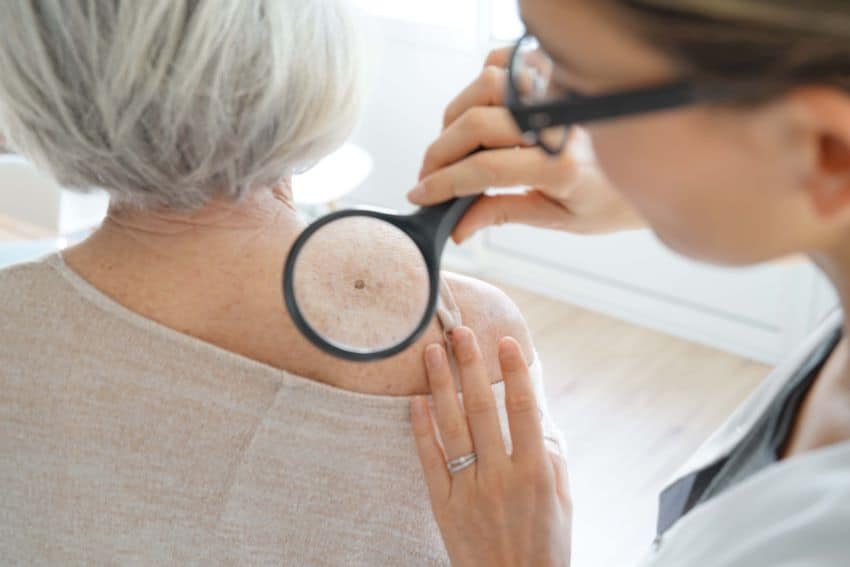
According to Dr. Lara, the type of sun exposure affects the type of skin cancer. For instance, people who have been heavily exposed to the sun during childhood and adolescence are at a higher risk of developing melanoma (a highly invasive skin cancer that originates in pigment cells and can rapidly metastasize).
On the other hand, chronic sun exposure increases the risk of developing lentigo maligna, a subtype of melanoma that appears in areas of the skin that have been exposed to the sun over time. This type of skin cancer is common in elderly people, usually on the face and neck.
Dr. Lara said that in recent years, there has been an increase in both the incidence and mortality of skin cancer.
“This has been attributed to increased sun exposure, higher numbers of people experiencing immunosuppression (such as elderly patients), and an overall increase in the population’s survival rates,” she explained, as she stressed the importance of skin cancer prevention measures.
What preventive measures should I take to avoid skin cancer?
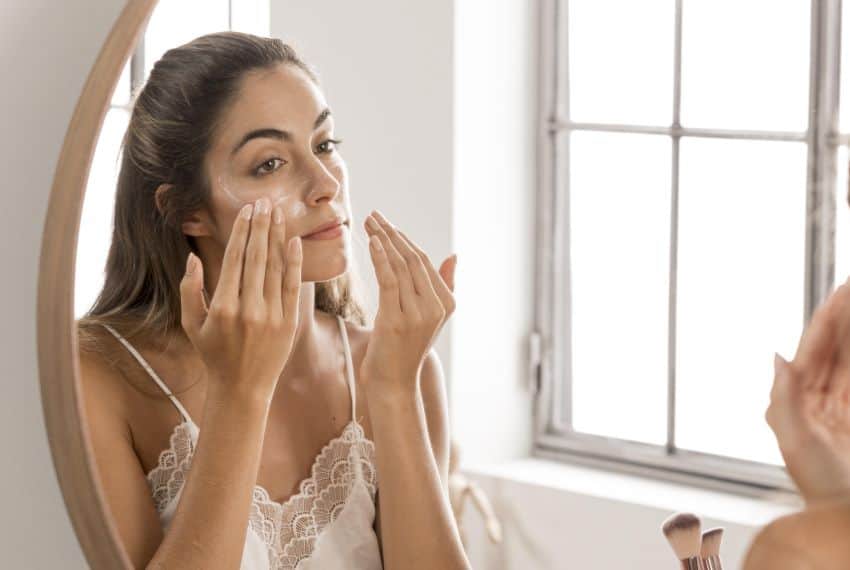
Preventive measures not only help prevent skin cancer but also the appearance of wrinkles, dark sports, skin discoloration and other health related issues. Since most skin cancers appear later in life, protecting your skin now may help you prevent skin damage in the future.
To protect yourself from skin cancer, Dr. Lara advice the following preventive measures:
Avoid excessive sun or UV ray exposure.
The main environmental risk factor for developing skin cancer is sun exposure, Dr. Lara says. UV rays are particularly harmful from 10 am to 4 pm, during which time sun exposure should be avoided.
Use sunscreen
“Use sunscreen, preferably shields or mineral screens,” Dr. Lara explains.
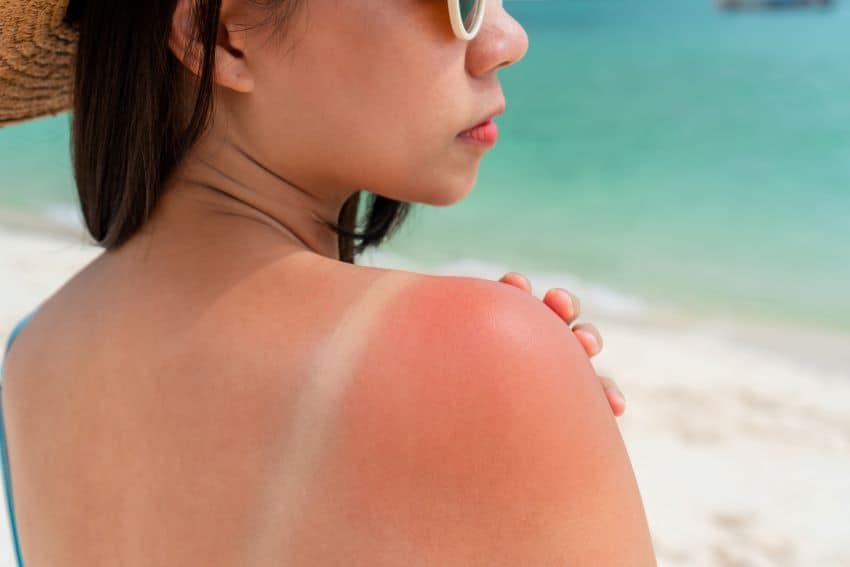
The main difference between mineral sunscreens and chemical sunscreens is how they interact with the sun’s rays. The active ingredients in mineral sunscreens form a protective layer on the skin to reflect the UV rays.
Meanwhile, chemical sunscreens absorb into the skin along with the UV rays. These sunscreens change the structure of the UV rays, making them less harmful.
To protect Mexico’s rich sea wildlife and coral reefs, opt for a reef-safe sunscreen.
Be aware that UV rays can still reach your skin on cloudy days since they reflect off surfaces like water, cement, sand, and snow. It’s important to protect your skin even on cloudy days.
Perform a yearly body screen check
According to Dr. Lara, most skin cancers are easy to detect, manage, and are curable. However, early detection is a critical preventive measure.
Yearly body screenings can help identify the signs of skin cancer early on. Dr. Lara recommends screening every six months if you have sun damage, spots, or pre-existing actinic damage lesions.
Have a dermatologist check skin damage
If you notice any changes in a spot or mole on your skin, you should go to a dermatologist immediately. Have a dermatologist check any ulcers, erosions, or chronic non-healing wounds.
How to find a dermatologist in Mexico?
It’s easy for anyone to make an appointment with a board-certified dermatologist, even as a tourist, Dr. Lara explains. To find one, just visit the Mexican Council of Dermatology (CMD) website.
If you’re already seeing a dermatologist in Mexico and want to ensure they are board-certified, you can look up your doctor’s name and license number on the website.
To prevent skin cancer, Dr. Lara recommends the following preventive measures, particularly if you have fair skin:
- Avoid excessive sun or UV rays exposure. According to Dr. Lara, this is the most effective way to prevent skin cancer.
- Use sunscreen, preferably shields or mineral screens. Be aware that UV rays can still get to your skin on cloudy days since they reflect off surfaces like water, cement, sand, and snow. It is important to protect the skin from UV rays even on cloudy days.
- Perform a yearly body screen check to detect any sign of skin cancer. If you have sun damage, spots, or pre-existing actinic damage lesions, screen every 6 months.
- If you notice any changes in a spot or mole on your skin, go to a dermatologist immediately.
- Have a dermatologist check any ulcers, erosions, or chronic non-healing wounds.
Remember, most skin cancers are easy to detect, easy to manage and curable, so always book an appointment with a dermatologist if in doubt.
Disclaimer: This article is for informational purposes only and should not be considered legal or medical advice. The writer and Mexico News Daily assumes no responsibility or liability for any errors or omissions in the content on this site. Individuals should always consult with qualified professionals regarding medical procedures, including plastic and/or cosmetic surgery, and medical aesthetic treatments, as well as consider their jurisdiction’s applicable laws and regulations.
Gabriela Solís is a Mexican lawyer based in Dubai turned full-time writer. She covers business, culture, lifestyle and travel for Mexico News Daily. You can follow her life in Dubai in her blog Dunas y Palmeras.
